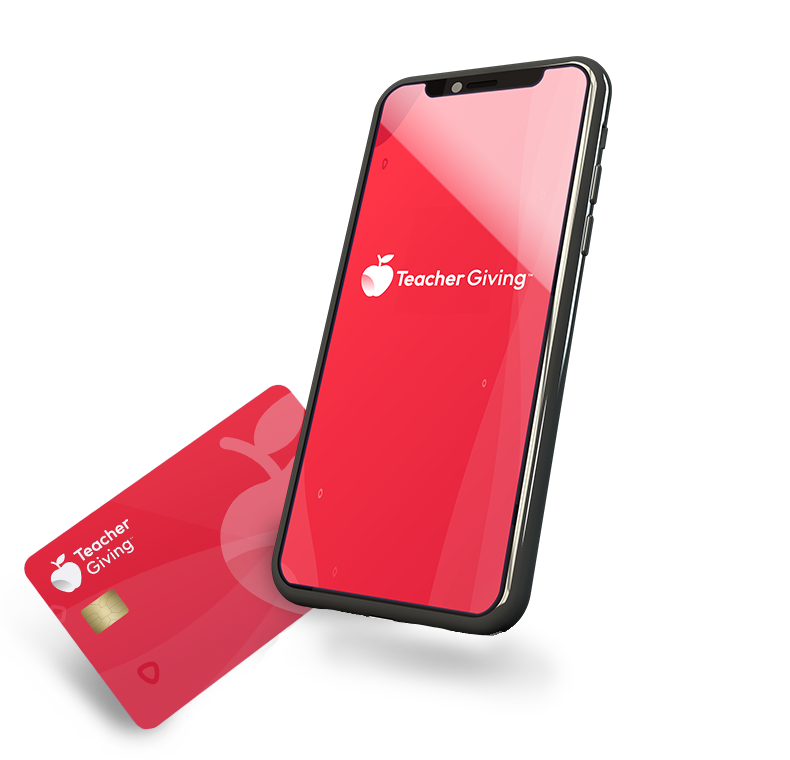In the words of Benjamin Franklin, ‘”An investment in knowledge pays the best interest.” While the prolific founding father was referring to the investment in your own education, this sentiment shines true for the broader scope of educational contributions. It beautifully captures the enduring value of investing in knowledge and underscores the far-reaching benefits it brings to both individuals and society as a whole.
Today, this philosophy resonates profoundly in the realm of educational philanthropy. At TeacherGiving, we embody this belief by providing a dedicated platform where your generosity translates into real change in classrooms nationwide.
Join us as we explore how your contributions can make a lasting impact on education, from equipping teachers with essential resources to creating a brighter future for students everywhere.
Challenges of Underfunded Schools
Education is the cornerstone of modern society, yet many institutions face significant challenges due to underfunding.
1. Outdated Infrastructure and Technology:
Many schools struggle with outdated facilities and inadequate technology infrastructure. This can mean classrooms without proper heating or cooling, outdated textbooks, and limited access to computers and internet connectivity.
- Impact: Students miss out on interactive learning experiences and fall behind in digital literacy, crucial for success in today’s technology-driven world.
2. Limited Resources for Extracurricular Activities:
Underfunded schools often have to cut back on extracurricular programs such as sports, arts, and music.
- Impact: Students lose opportunities to develop important life skills such as teamwork, creativity, and leadership, which are often cultivated through these activities.
3. Inadequate Support for Special Needs Education:
Special education programs require specialized resources, including trained staff, assistive technology, and tailored curriculum materials.
- Impact: Underfunded schools struggle to provide adequate support, resulting in unequal access to quality education for students with disabilities.
4. Overburdened Teachers and Staff:
Budget cuts can lead to larger class sizes and reduced support staff (such as counselors and librarians).
- Impact: Teachers face increased workloads and less time for personalized instruction, while students may not receive the individual attention they need to succeed academically and emotionally.
5. Limited Professional Development Opportunities:
Lack of funding often translates to fewer opportunities for teachers to attend workshops, conferences, or pursue advanced degrees.
- Impact: Teachers may struggle to keep up with evolving teaching methods and best practices, hindering their ability to provide high-quality instruction.
6. Unequal Access to Educational Opportunities:
Schools in low-income neighborhoods often lack educational resources compared to their wealthier counterparts.
- Impact: Achievement gaps widen, perpetuating socioeconomic inequalities and limiting upward mobility for disadvantaged students.
7. Reduced Parent and Community Engagement:
Schools with limited resources may struggle to foster meaningful partnerships with parents and community organizations.
- Impact: Lack of engagement hinders efforts to create a support infrastructure and diminishes the overall effectiveness of educational interventions.
The challenges of underfunded education are multifaceted and far-reaching, affecting students, educators, and communities alike. Addressing these issues requires a collective effort to advocate for adequate funding, innovative solutions, and equitable access to quality education for all.
School Funding: More Complicated Than You Might Think
School funding is a complex issue where simply increasing government investment doesn’t always translate to tangible benefits in classrooms. Many teachers face challenges where increased funding fails to directly impact their budgets or address specific classroom needs.
Government funding mechanisms often involve bureaucratic processes that may never reach the classroom level. This disconnect can result in delayed or diluted impacts on educational outcomes despite budget increases.
While increased funding is certainly necessary and helpful in many areas, it’s essential to address the systemic challenges that affect how funding reaches classrooms. This includes streamlining bureaucratic processes, ensuring transparency in allocation, and empowering educators to have a more direct influence on how funds are used.
In the meantime, while educators, parents, and policymakers continue to push for increased funding and better distribution, you can do your part and support teachers when it counts. By contributing to initiatives on TeacherGiving and advocating for mass reform, you can work towards a future where every student has the resources and opportunities they need to succeed.
Yes, Teachers Need Your Support: Here’s How
Teachers play a pivotal role in shaping the future by nurturing young minds and fostering a love for learning. It’s time they receive the support they deserve.
Here are several ways you can get involved and make a meaningful impact in the lives of students and educators:
Financial Support Through TeacherGiving:
Supporting teachers through platforms like TeacherGiving provides a direct avenue to classroom impact. On TeacherGiving, you can browse a variety of projects and select ones that align with your interests and values. Your financial contributions, whether large or small, are crucial in providing essential resources such as books, technology, art supplies, and educational outings.
These contributions directly enrich the lives of students, ensuring they have access to the tools and experiences that promote academic achievement and personal growth.
TeacherGiving is a revolutionary crowdfunding platform dedicated to supporting educators and enhancing educational opportunities in schools. It serves as a vital bridge between teachers with innovative ideas for their classrooms and supporters eager to make a difference.
On TeacherGiving, educators can create detailed profiles and outline specific needs and goals for their campaigns. Supporters can explore these projects, ranging from STEM initiatives to arts programs, and contribute directly to those that resonate with them. This platform not only facilitates financial support but also connects communities and encourages teachers in their profession.
With crowdfunding platforms like TeacherGiving, you don’t have to contribute a huge amount of money. It’s all about spreading the word and rallying support for initiatives that are meaningful to you.
Other Ways to Give:
Donate Supplies and Materials:
How: Contact local schools or educational nonprofits to understand their specific needs. Organize supply drives within your community or workplace to collect donations. Alternatively, consider donating gently used books or educational tools that you no longer need.
Note: Only donate things that teachers have expressed a need for. If you are unsure, simply support their classroom financially through TeacherGiving.
Impact: Your contributions alleviate financial burdens on teachers and ensure that students have the materials necessary for effective learning. By providing resources like textbooks and art supplies, you promote academic engagement, creativity, and diverse learning opportunities.
Volunteer Your Time and Expertise:
How: Offer to volunteer at local schools or educational organizations. You can assist teachers in classrooms, tutor students in subjects where additional support is needed, or mentor students in career readiness programs. Share your professional skills through guest lectures, workshops, or hands-on activities.
Impact: Your involvement enriches learning and contributes to a positive community culture. By volunteering, you help cultivate a passion for learning and inspire students to achieve their academic and personal goals.
Advocate for Education:
How: Stay informed about education issues affecting your community and beyond. Advocate for equitable funding, improved resource management, and policies that support teachers and students. Engage with policymakers, attend school board meetings, or join advocacy groups focused on education reform.
Impact: By advocating for education, you can influence decision-making processes, raise awareness about critical issues, and ensure that all students in your community have access to quality education.
Support Professional Development:
How: Sponsor teachers to attend professional development workshops, conferences, or online courses. Donate educational books or subscriptions to resources that support teaching excellence. Encourage ongoing learning and skill development among educators.
Educators can also use TeacherGiving to raise funds for their own continuing education. Encourage teachers you know to sign up for the platform and start a campaign.
Impact: Professional development opportunities empower teachers with new knowledge, strategies, and tools to improve instructional practices and student outcomes. By supporting professional growth, you contribute to a culture of continuous improvement in education.
Engage in Community and Parental Involvement:
How: If you’re a parent, participate in school committees, parent-teacher associations (PTAs), or community outreach programs. Attend school events, parent-teacher conferences, and cultural celebrations.
Impact: Building strong partnerships between schools, families, and communities fosters a supportive community and strengthens educational success for all students.
Results of Crowdfunding Donations
- Reading Corner Renovation: A school library raises funds to create a cozy reading corner with new bean bags, rugs, and shelves stocked with diverse books to encourage reading habits among students.
- Classroom Decor and Supplies: An elementary teacher crowdfunds for colorful posters, educational charts, and organizational bins to create a stimulating and organized learning area.
- New Books and Literature Circle Sets: A language arts department raises funds to purchase a variety of novels, poetry collections, and literature circle sets, enabling students to explore different genres and discuss literature in small groups.
- Interactive Software for Science Labs: Funds are raised to acquire interactive software licenses for virtual science experiments and simulations, allowing students to conduct complex experiments safely and effectively in a virtual environment.
- Guest Speaker Series: A high school hosts a crowdfunding campaign to bring in guest speakers from various professions and cultural backgrounds, enriching students’ education with real-world insights and career guidance.
- Art Studio Supplies: An art teacher raises funds for art supplies such as paints, brushes, and canvases to support students’ creative expression and artistic development in a well-equipped studio space.
- Nature Field Trip: Teachers crowdfund a field trip to a nearby national or state park to study biodiversity and conservation firsthand, complementing classroom learning.
- Classroom STEM Kits: A teacher raises funds to purchase robotics kits and coding tools for a STEM club, allowing students to learn programming and engineering principles through hands-on projects.
- Environmental Science Expedition: Teachers raise support for a trip to study local ecosystems, funding transportation, equipment rentals, and guides to conduct field research and learn about environmental conservation.
- Music Education Expansion: A music teacher raises funds for new instruments, sheet music, and audio equipment to expand the school’s music program, enabling more students to participate in band and orchestra.
- Community Garden Project: Students and teachers crowdfund materials for a school garden, including raised beds, seeds, and gardening tools, to teach sustainable agriculture and provide fresh produce for school meals.
- Virtual Reality History Lessons: Funds are raised to purchase virtual reality headsets and historical simulations, allowing students to explore ancient civilizations and historical events in an immersive and interactive way.
- Specialized Learning Materials: Students with special needs receive adaptive technologies, sensory tools, and educational resources tailored to their individual learning requirements, promoting inclusivity and academic success.
- Professional Development Opportunities: Educators attend workshops and training sessions funded by supporters, gaining new teaching strategies and skills that enhance classroom instruction and student engagement.
- Basic Classroom Supplies: With funding, teachers can ensure every student has access to essential supplies like pencils, notebooks, and calculators, removing barriers to learning and fostering a more equitable classroom environment.
- Technology Access: Funding allows schools to provide laptops or tablets for students who lack access to technology at home, ensuring they can participate fully in online learning and research projects.
Conclusion: Supporting a Brighter Future
The impact of contributions through platforms like TeacherGiving extends far beyond the immediate classroom. By investing in knowledge and supporting teachers, you contribute to a brighter future for students, families, and educators alike.
Each donation plays a crucial role in instilling a love for learning in students and a continued love for teaching in educators. Together, we can address the challenges of underfunded schools, equip teachers with essential resources, and ensure that every student has the opportunity to thrive academically and beyond. Join us in making a lasting difference in education—because an investment in knowledge truly pays the best interest. Check out TeacherGiving today!



